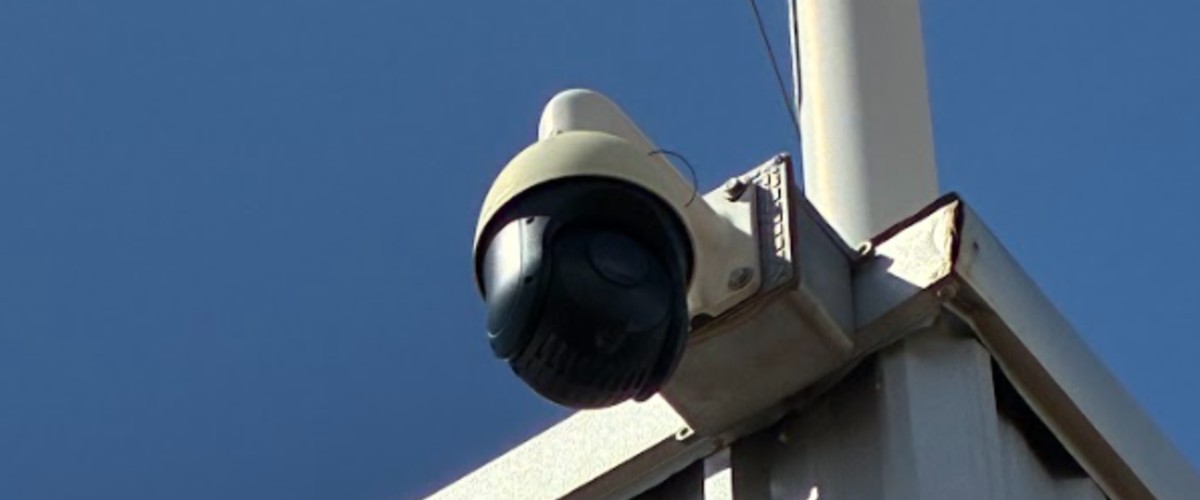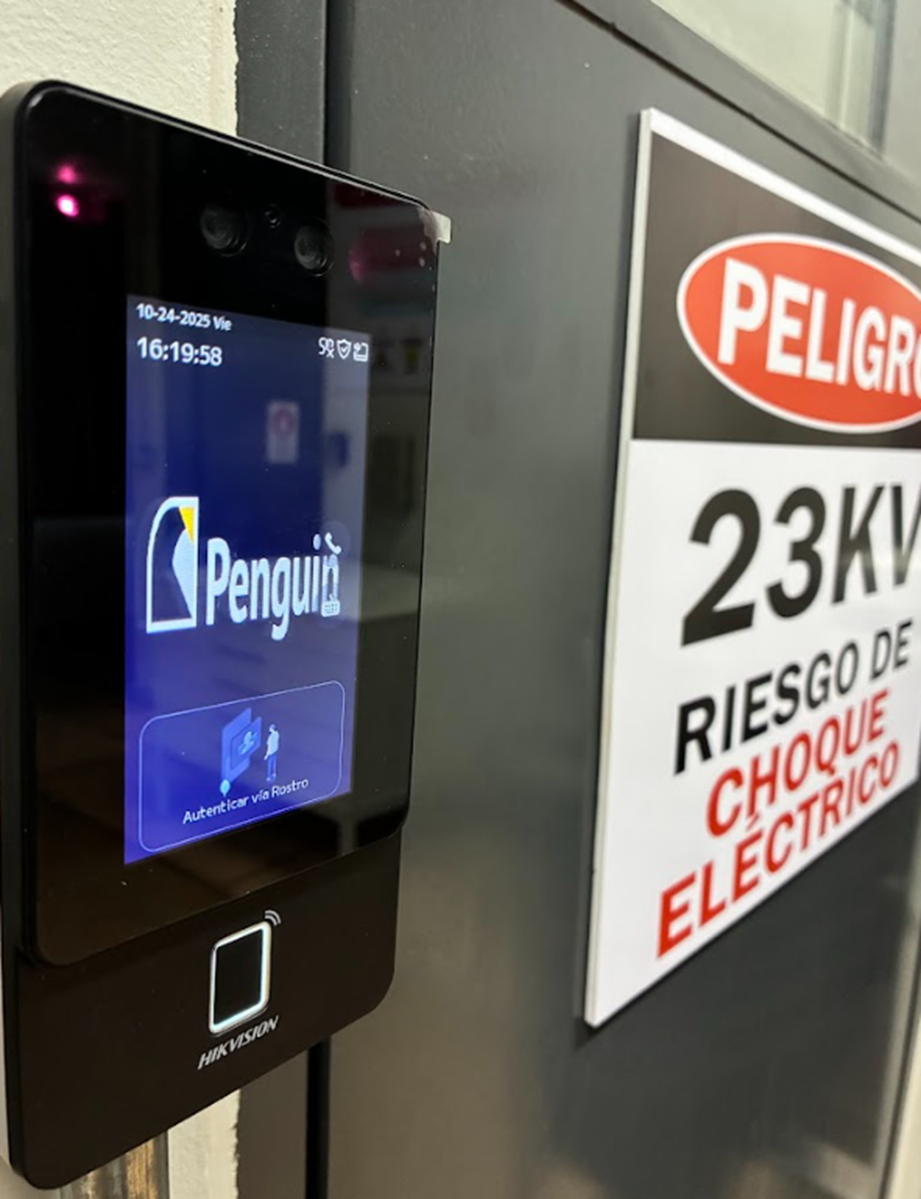Penguin Group Strengthens Data Center Security with Over 120 Cameras and Facial Recognition Systems

Penguin Group announced the installation of more than 120 surveillance cameras and the incorporation of facial recognition systems at its main Data Center, as part of a comprehensive strategy to strengthen the physical and cybersecurity of its operations.
According to Alexis Fernández, Networking and Cybersecurity Leader at Penguin, “the main goal of installing the cameras is to tighten physical access control and maintain 24/7 monitoring of activities within the Data Center.”
The coverage includes the perimeter, technical rooms, work areas, and the 23 kV cell room, eliminating blind spots and enabling early intrusion detection. “They also allow post-event analysis to reconstruct what happened, identify root causes, and prevent recurrence, providing objective evidence for audits and continuous improvement,” Fernández added.
Facial recognition systems have been implemented in restricted-access areas, particularly in the 23 kV cell room and the PE1H Data Center. According to Fernández, this technology “ensures that only authorized personnel enter and allows us to audit and record every access,” strengthening identity control in critical areas.
One of the main challenges in implementing biometric technologies is the protection of personal data. In this regard, Penguin Group has taken measures to ensure compliance with current regulations.
“We protect privacy through 100% on-premise processing, with a purpose limited exclusively to access control in critical zones,” explained Fernández. The system generates biometric templates instead of storing raw images, and these are kept locally.
“Access to this information is managed solely by Penguin and governed by the principle of least privilege, allowing only authorized staff to handle this data,” the specialist emphasized.

Secure and Segmented Infrastructure
The deployment of the video surveillance network is accompanied by strict cybersecurity measures. Fernández detailed that “we apply network segmentation through VLANs, isolating the traffic of these devices from the corporate network and allowing control only from the administrators’ VLAN.”
Additionally, the system uses TLS encryption to protect data in transit and enforces strict access controls on the platform, ensuring that only authorized personnel can operate the terminals.
Far from slowing down daily operations, the new system integrates seamlessly into the Data Center’s day-to-day activities.
“The control systems integrate into daily operations to speed up work without sacrificing security,” said Fernández. Role-based fast access eliminates the need for manual authorizations, optimizing processes.
“In maintenance, video surveillance allows us to detect failures or abnormal conditions that might go unnoticed by humans, streamlining diagnosis and problem resolution,” he added.
Coordination with the MsU team also allows real-time logging of entries and releases in critical areas. “With that data, we modulate and then safely restore the load without unnecessary delays, maintaining operational continuity,” Fernández concluded.
Through this initiative, Penguin reaffirms its commitment to security, technological innovation, and the protection of critical infrastructure, consolidating its position as a leader in secure data center management.


